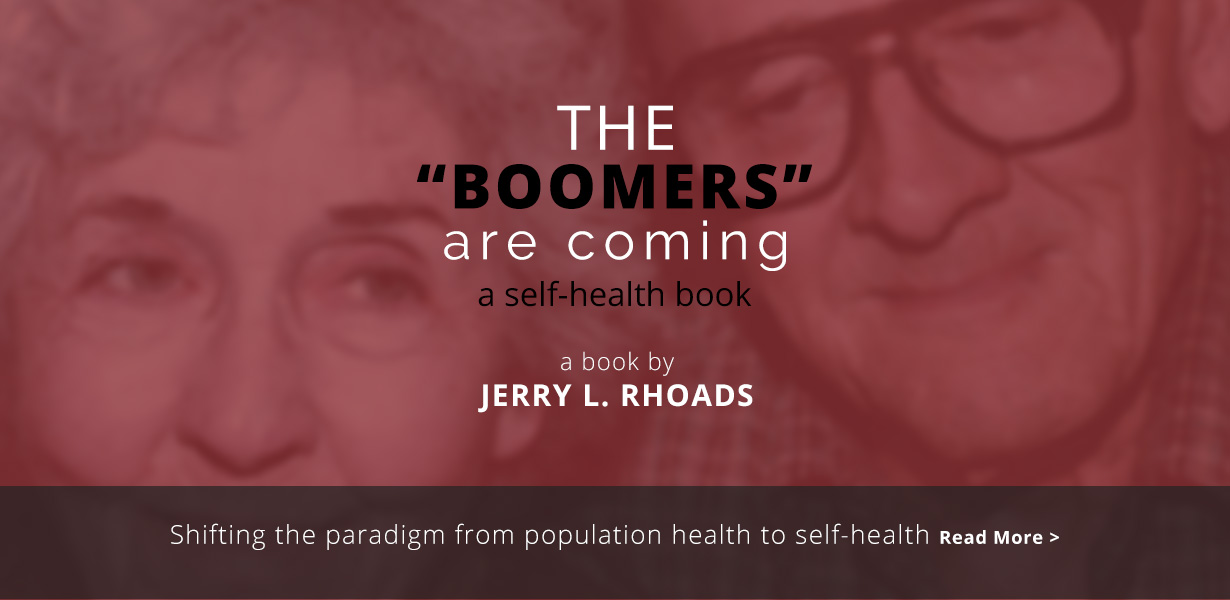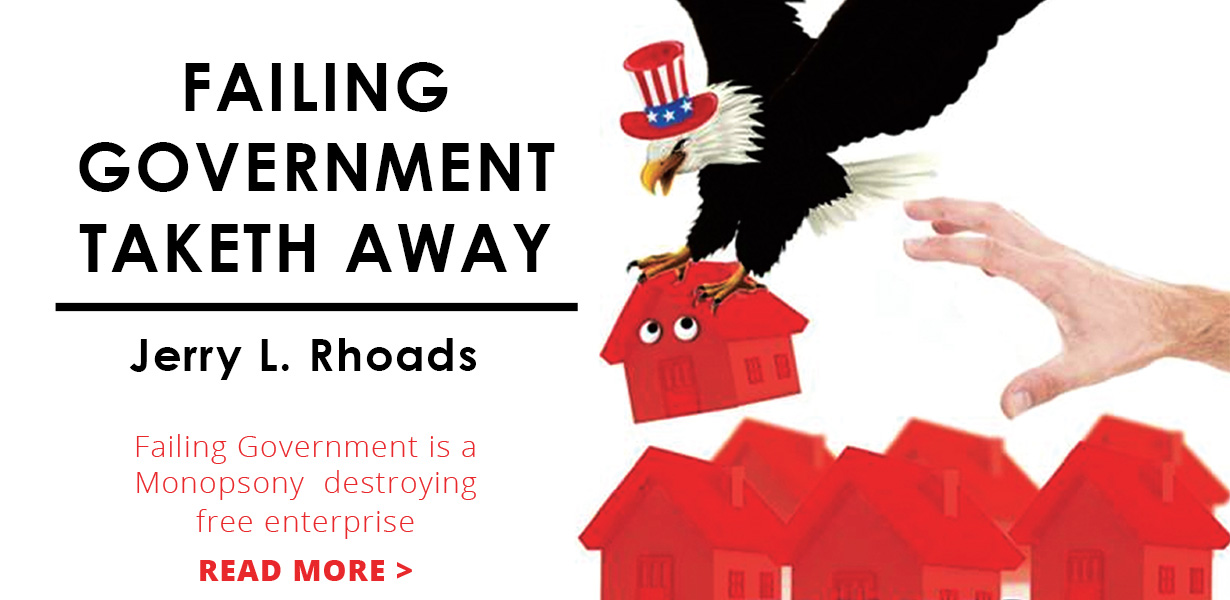The Medicaid and CHIP Payment and Access Commission is increasing its effort to present offset options when it advises Congress on funding and policy changes to the federal healthcare programs serving low-income people and children.
The scrutiny comes as Medicaid, the nation’s largest insurer, is experiencing severe growing pains. The number of enrollees has jumped from about 50 million in 2010, the year the Affordable Care Act was signed into law, to more than 70 million today. Medicaid spending hit $495.8 billion in 2014, and is expected to grow to over $600 billion by 2020.
Blogger comment:
Feature this … every American insured under Medicaid with deductibles and coinsurance exceeding what 40% of Americans are incapable of paying. Of course now days they will have no access to a hospital or a physician if they cannot get their upfront deductibles paid and have a source for the coinsurance. Why is this better than before so called national healthcare?
At least under traditional Medicaid the needy could get services by going to the ER or Medicaid mills without having to pay the personal cost before getting care. Obama Care takes the whole Medicaid market and new younger enrollees, shoves them into the Managed Medicaid Care (Cost) (24 States have stumbled into this) whereby insurance companies will be the buffer and naysayer for coverage just like they’ve done for the downsized Medicare program … it is called “just say no Dinero and deny the claim”. As a result there are 900,000 unsettled claims in appeal.
What is the solution? Roll everyone into Medicare and fund it with a withholding program where each individual has their own money and is responsible for their own health and welfare. The unemployed can be funded by a share of general taxes as is done in Singapore that has the lowest per capita cost and is number 1 in quality.
Why Singapore’s health care system beats Obama Care
Singapore’s health care system is just the opposite to Obama Care. It is built on a platform of individual responsibility for health preservation, prevention and wellness. Individuals pay for their own health preservation and care. It is an Enterprise model similar to my SHIFT (Self-Health Insurance Financing Trust) the paradigm system. It embraces withholding savings accounts, spending decisions by the individual and a payment system managed by the Government. There are safety nets for the elderly and free health care for the poor who are responsible for their own health and wellness profile. See my book “America In The Red Zone” Xlibris 2012 for complete details.
What are the metrics that prove Singapore’s health care system is working better than any other approach in the world.
Singapore’s life expectancy is superior:
Nation Life Expectancy
Singapore 82
Australia 81.5
Canada 81.2
Japan 81
France 80.5
Sweden 80.5
Switzerland 80.5
Germany 79.5
United Kingdom 78.5
USA 78
About the Author
Written by Jerry Rhoads
Jerry is a CPA who specializes in Medicare and Medicaid payment policies and procedures. He has owned a CPA firm, a management consulting firm and software development company. He also is a licensed Nursing Home Administrator in three states and owned nursing homes in those states. He, his wife and son sold them in 2015. Jerry and his wife have formed a publishing company and is now publishing his books on health care, political topics that impact health care, poetry and novels.
Recent Posts
- IN AMERICA WHO PAYS ALL THE TAXES?
- DEBUNKING MEDICARE FOR ALL (A REAL POLITICAL “FREE FOR ALL”) Fifth in a series of articles regarding Medicare for All
- DEBUNKING MEDICARE FOR ALL (A REAL POLITICAL “FREE FOR ALL”) Fourth in a series of articles regarding Medicare for All
- DEBUNKING THE GREEN NEW DEAL (A real political “Free for All) Third in a Series of Articles re: Socialized Medicare and Climate Change for All
- DEBUNKING MEDICARE FOR ALL (A REAL POLITICAL “FREE FOR ALL”) Second in a series of articles re: Medicare for All – Boon or Bane
Recent Comments
- how to buy actos without a prescription on DEBUNKING MEDICARE FOR ALL (A REAL POLITICAL “FREE FOR ALL”) Fifth in a series of articles regarding Medicare for All
- generic lopressor on DEBUNKING MEDICARE FOR ALL (A REAL POLITICAL “FREE FOR ALL”) Fifth in a series of articles regarding Medicare for All
- rx zovirax on DEBUNKING MEDICARE FOR ALL (A REAL POLITICAL “FREE FOR ALL”) Fifth in a series of articles regarding Medicare for All
- generic losartan on DEBUNKING MEDICARE FOR ALL (A REAL POLITICAL “FREE FOR ALL”) Fifth in a series of articles regarding Medicare for All
- can i buy generic tadacip for sale on DEBUNKING MEDICARE FOR ALL (A REAL POLITICAL “FREE FOR ALL”) Fifth in a series of articles regarding Medicare for All









395 Responses to Why doesn’t MACPAC mirror MedPac?” Rep. Brett Guthrie (R-Ky.) asked.